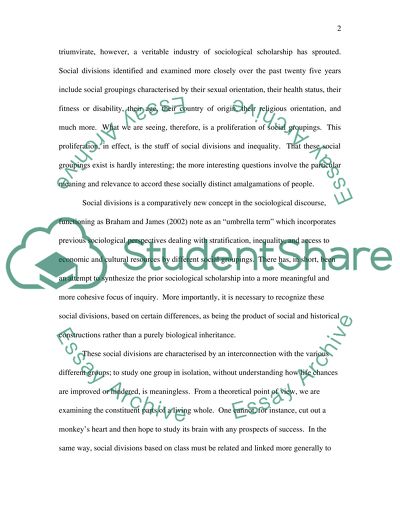Cite this document
(“Social Divisions Essay Example | Topics and Well Written Essays - 1500 words”, n.d.)
Social Divisions Essay Example | Topics and Well Written Essays - 1500 words. Retrieved from https://studentshare.org/sociology/1528818-social-divisions
Social Divisions Essay Example | Topics and Well Written Essays - 1500 words. Retrieved from https://studentshare.org/sociology/1528818-social-divisions
(Social Divisions Essay Example | Topics and Well Written Essays - 1500 Words)
Social Divisions Essay Example | Topics and Well Written Essays - 1500 Words. https://studentshare.org/sociology/1528818-social-divisions.
Social Divisions Essay Example | Topics and Well Written Essays - 1500 Words. https://studentshare.org/sociology/1528818-social-divisions.
“Social Divisions Essay Example | Topics and Well Written Essays - 1500 Words”, n.d. https://studentshare.org/sociology/1528818-social-divisions.


